STIR/SHAKEN enhances communication security by reducing fraudulent robocalls and improving caller ID accuracy. It builds customer trust, strengthens business credibility, and ensures compliance with regulations designed to prevent call fraud:
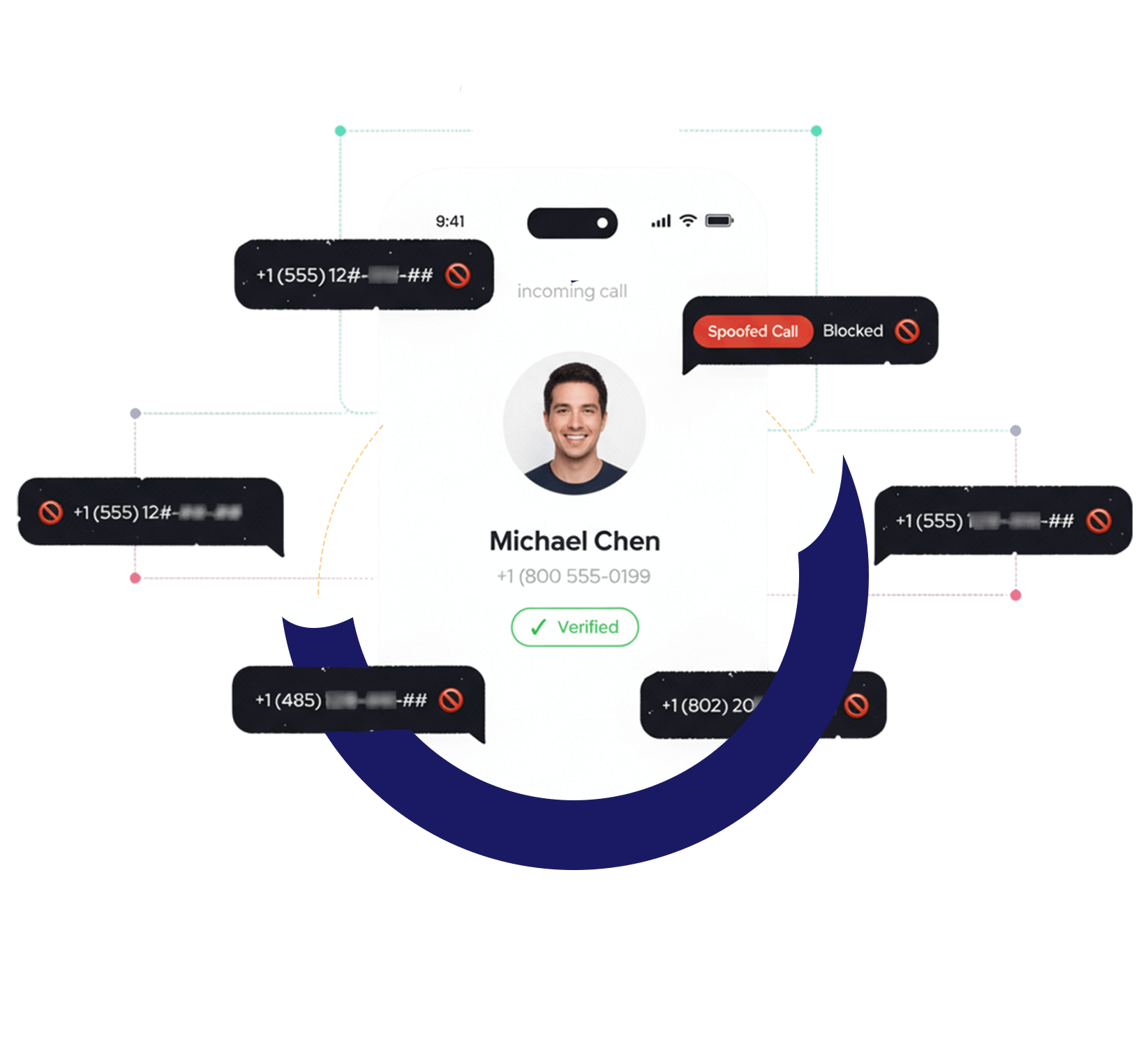
STIR: Secure Telephone Identity Revisited
SHAKEN: Signature-based Handling of Asserted Information Using Tokens
STIR/SHAKEN is a framework that was created so as to deal with the issue of robocalls and caller ID spoofing. It is called, ‘STIR’ and ‘SHAKEN’. This technology makes it possible to confirm that the phone number, that appears on the Caller ID, is authentic.
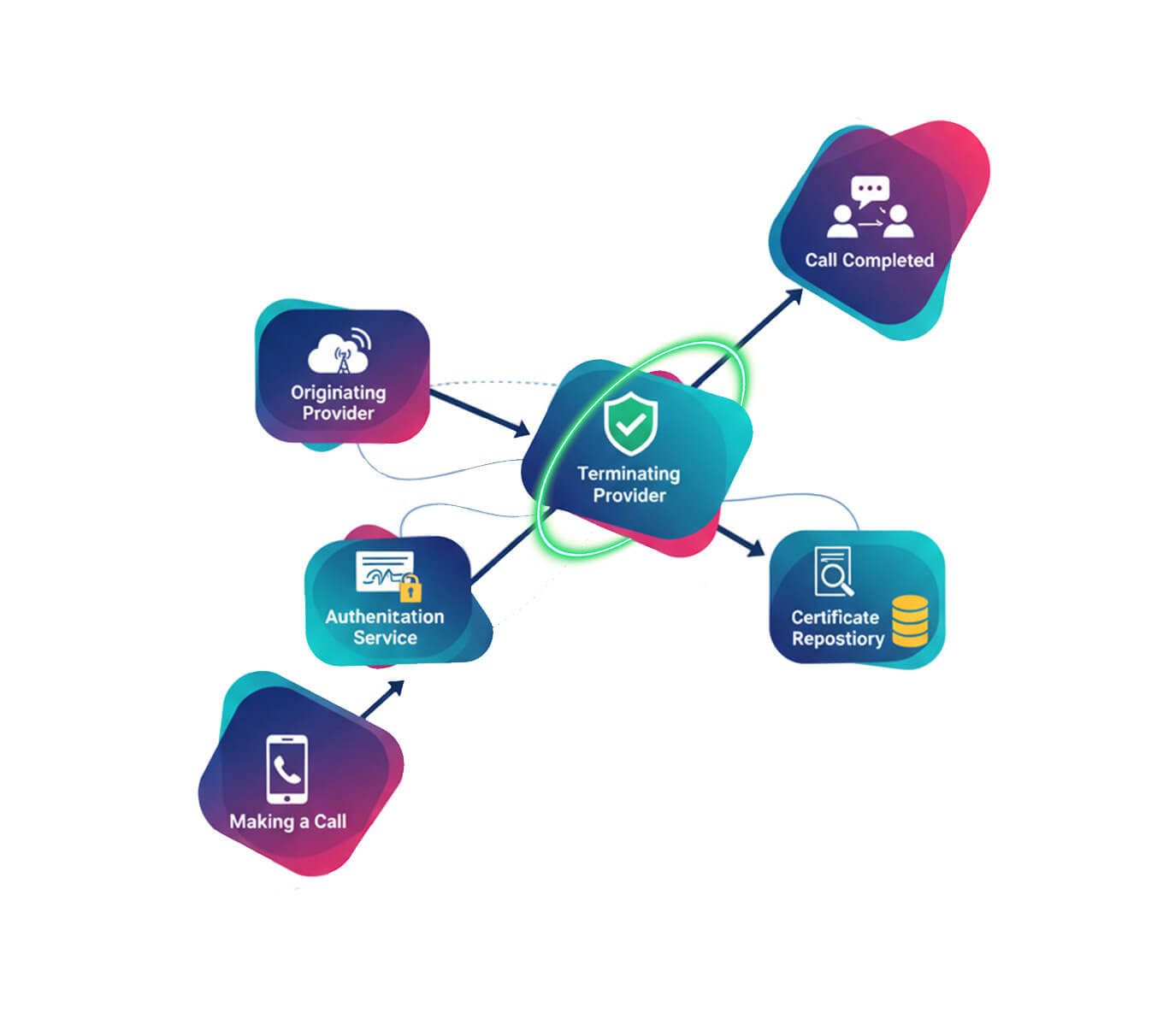
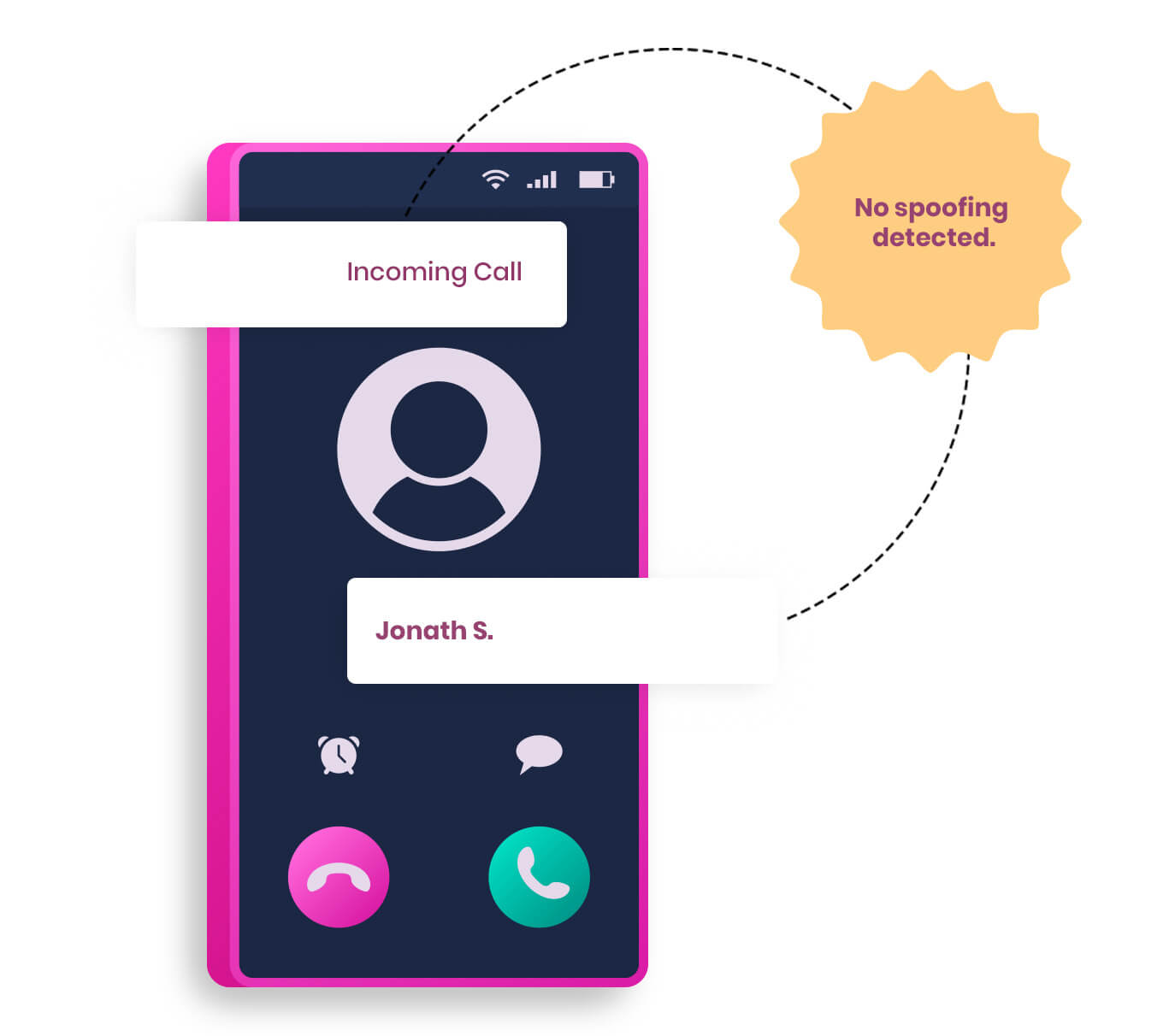
The primary goal of STIR/SHAKEN is to enhance trust in caller ID information by:
The following system ensures that the information posted on the phones of the consumers is accurate and authentic thus safeguarding the consumers from scams and phishing attempts.
STIR/SHAKEN is a complex scheme intended to improve the trustworthiness of phone calls through the identification and validation of caller details. Here’s a step-by-step look at how the process works: Here’s a step-by-step look at how the process works:
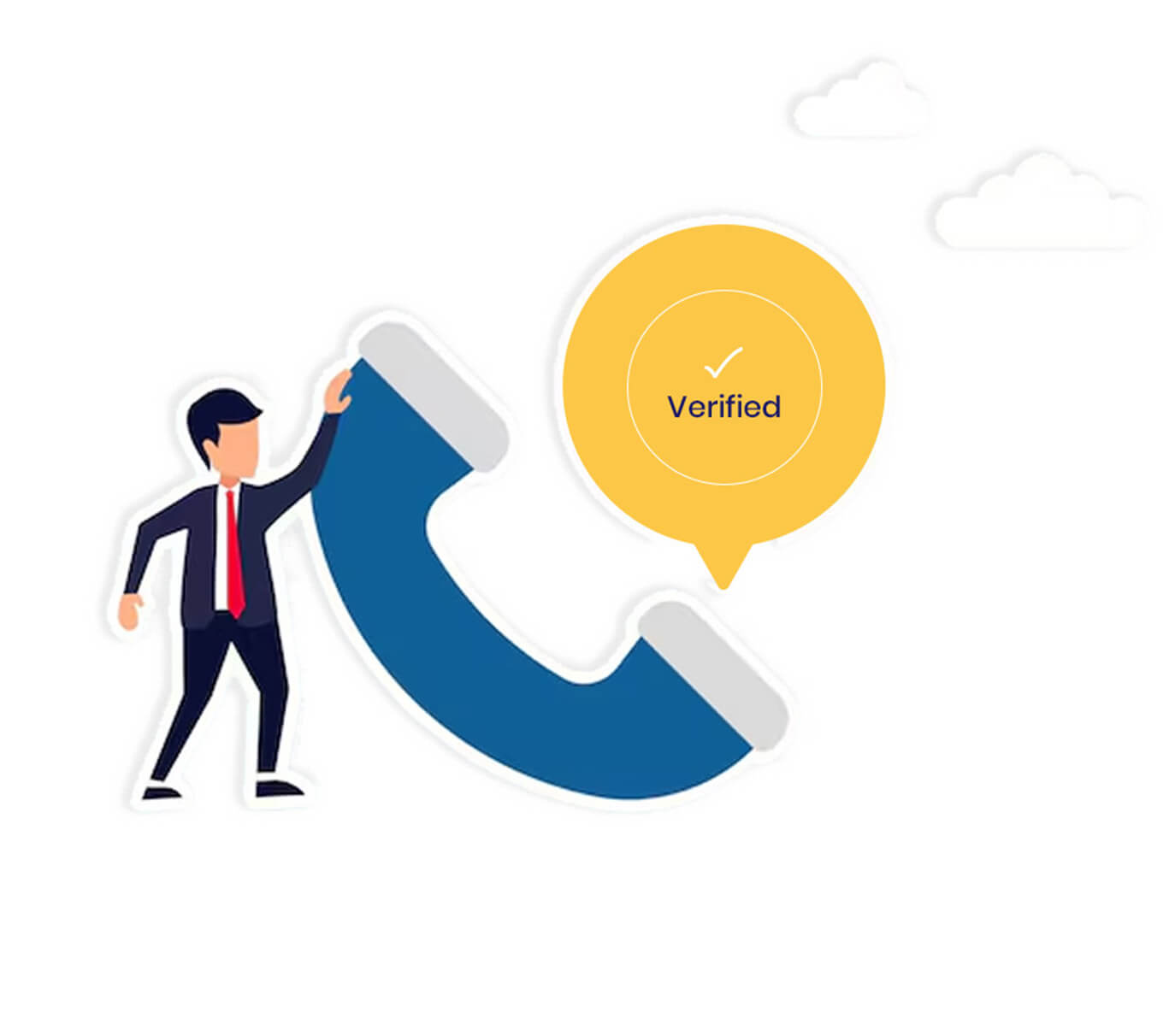
When a call is being made, the original supplier who is supposed to handle the management of the call at the very beginning of the call formation, collects certain information. This information may include; the phone number of the caller, the extent of time of the call, and any other information that relates to the call metadata.
Following this, the provider goes through an authentication process in relation to the STIR/SHAKEN protocols. This entails confirming the authenticity of the caller’s phone number as well as the registration status of such a number. Also, the provider checks that SDF is coming from a valid source, this check is meant to ensure that a call is from a genuine carrier and not a fake one or an imitated one. This process assists in making sure that the caller ID information supplied is correct prior to moving on to make the call.
Embedding the Token: The signed metadata is included in the signaling information of the call in the form of a digital token. Called also as a tag, this token accompanies the call through the telecommunication network.
Forwarding to Recipient’s Provider: On answering the call, the call is switched over to the recipient’s service provider. In addition to the call, the electronically transmitted token enables the provider of the recipient to confirm the validity of the call.
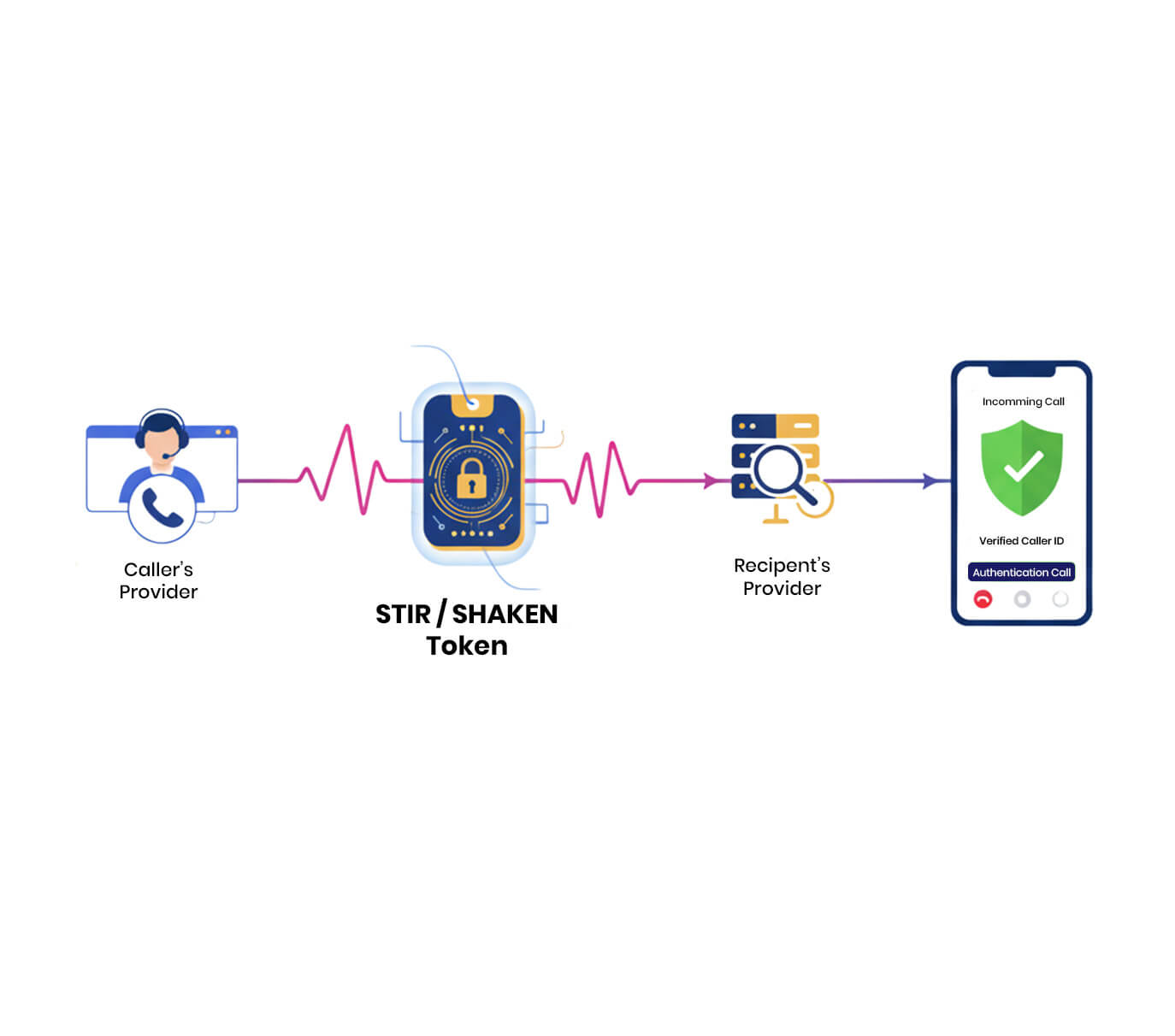
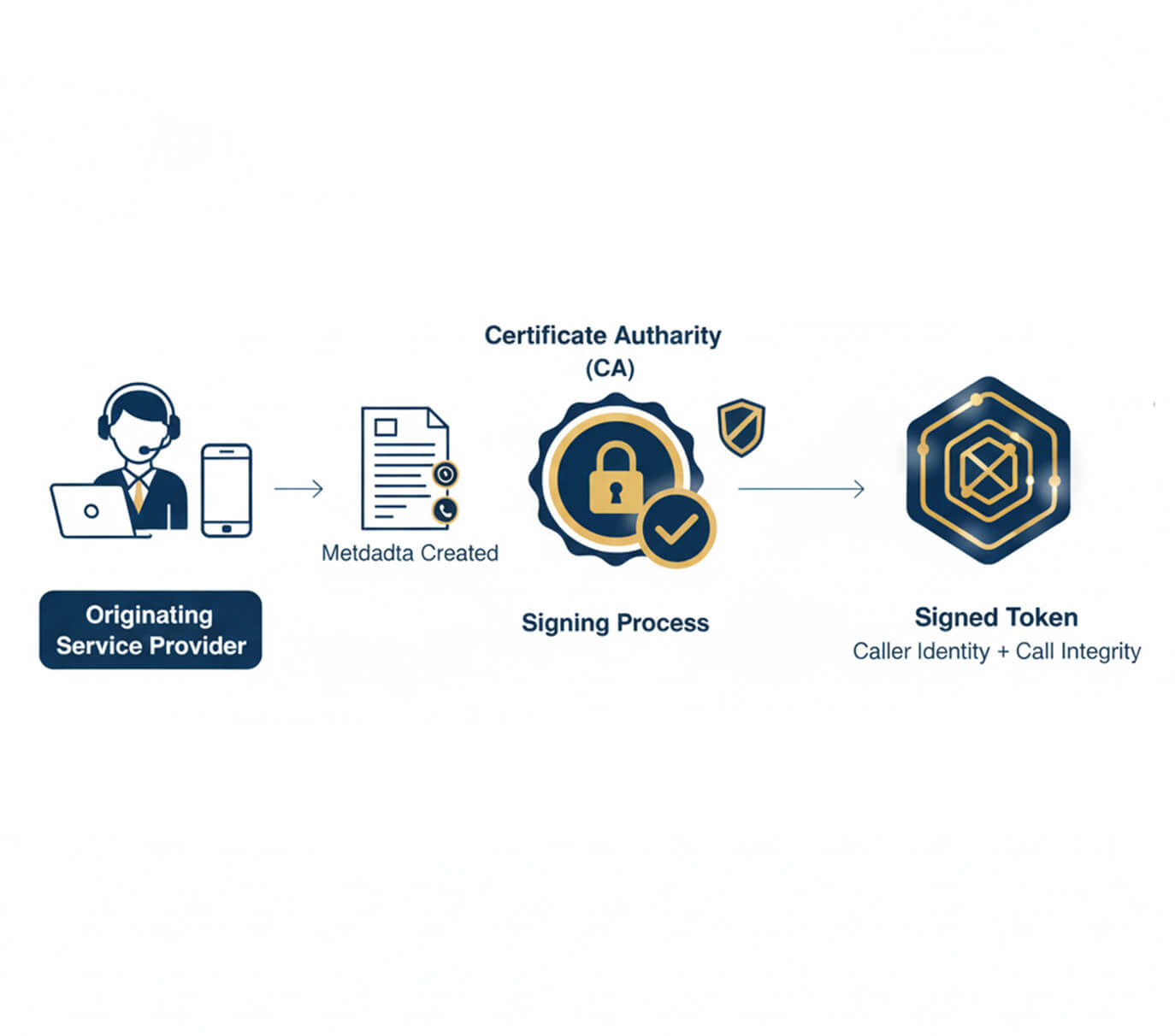
Creation of Metadata: Once the identity of the call is ascertained the originating service provider comes up with a digital signature. This signature is embedded in the so-called ‘metadata’ which can be the incoming call number as well as the time the call was made.
Signing with a Certificate: A CA or a Certificate Authority issues the digital signature that is used to produce the digital signature. This certificate makes sure that the signature is both safe and also reliable. The outcome is what can be referred to as a ‘token’, which speaks about the identity of the caller and the purity of the call.
Receiving and Inspecting the Token: When the recipient receives the call and the token that comes with it, the service provider of the recipient goes through a process of validating the token. This involves decryption of the token with the CA’s public key, and checking the metadata against the signed data.
Displaying Caller ID and Trust Score: Once such token is authorized, the recipient’s service provider literally provides the Caller ID information to the recipient. Moreover, the provider may offer the trust level or the verification sign. This score aids the recipient in determining the reliability of the call which assists in choosing whether or not to pick the call.
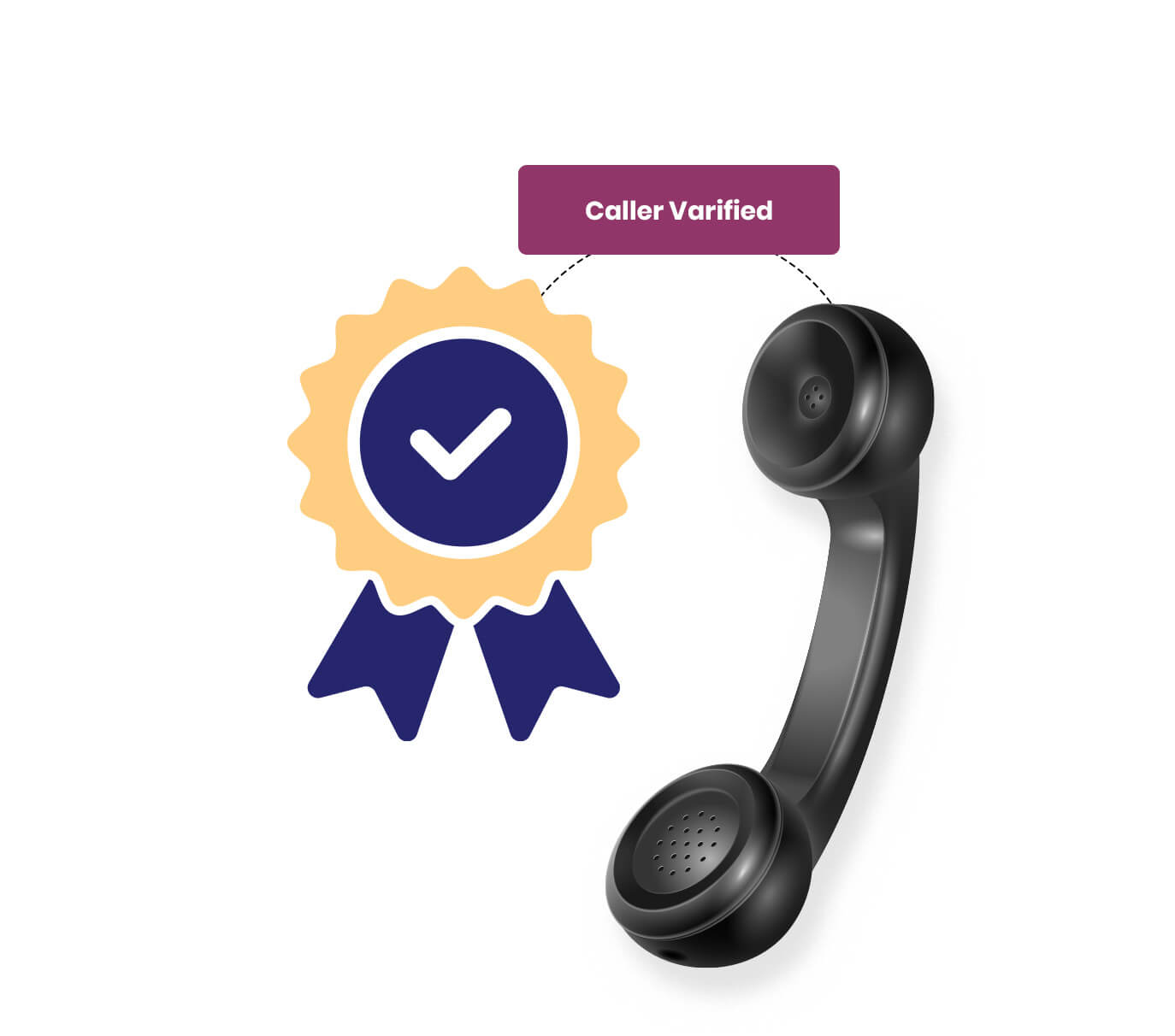
STIR/SHAKEN enhances communication security by reducing fraudulent robocalls and improving caller ID accuracy. It builds customer trust, strengthens business credibility, and ensures compliance with regulations designed to prevent call fraud:

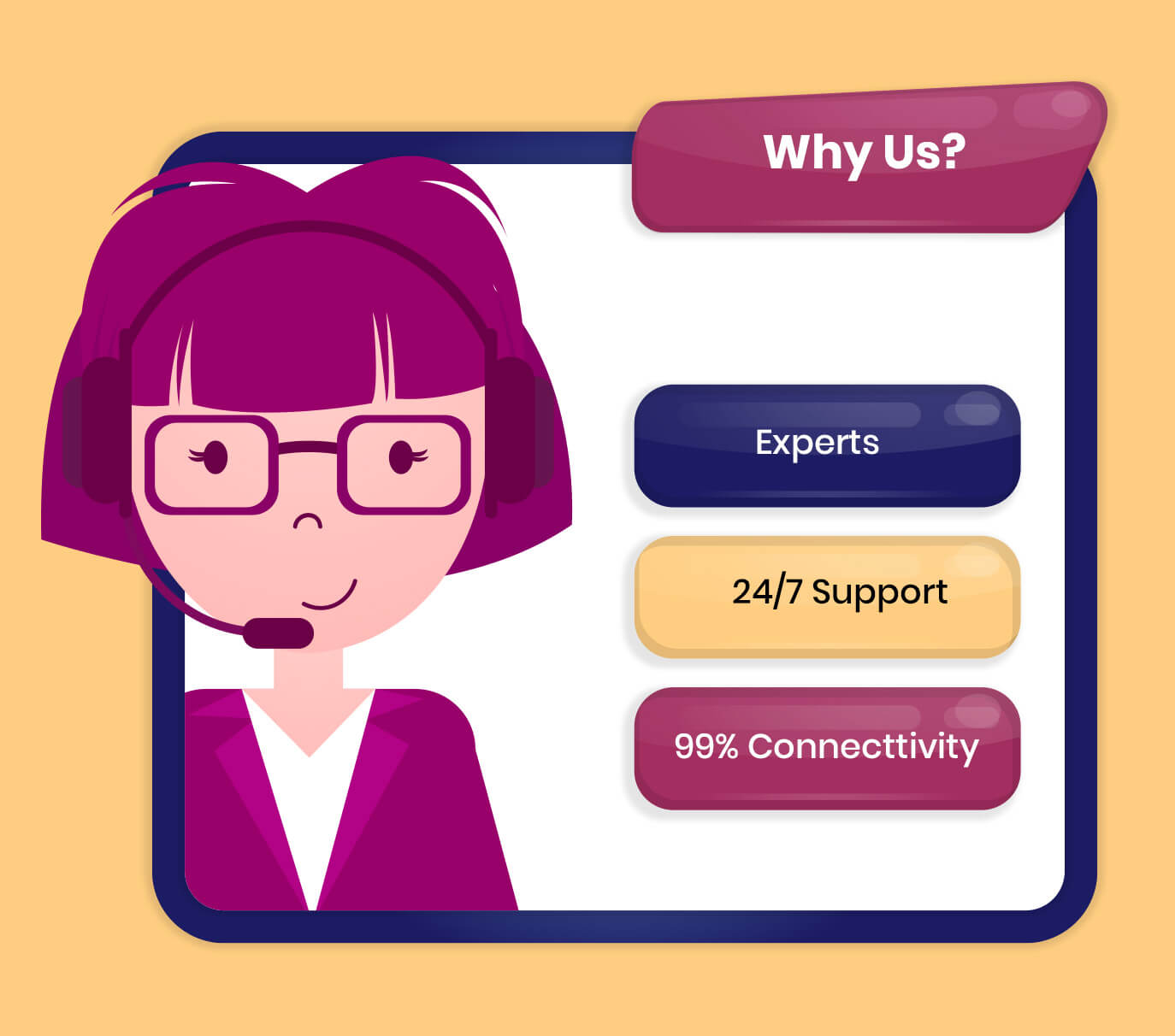
While TOZCALL now provides a one-size-fits-all STIR/SHAKEN service, we can also give you a customized service depending on the size of your business. Our services include:
STIR/SHAKEN works with your phone system to improve the identification of callers. It will assist in the reduction of fake caller ID numbers and enhance the displayed caller identification.
The regulatory requirements are distinct, but more areas are standardizing STIR/SHAKEN as a way to stem call fraud. Since there can be variations in the local laws, it is best to consult such laws in order to follow them.
Effectiveness may, however, differ; notable changes in, for instance, call quality and the percentage of fraudulent calls should, however, begin to be realized almost immediately after their implementation.
For any issue you may come across feel free to contact our support team. This support guarantees that your STIR/SHAKEN system works effectively in conformity with your business needs.

TOZCALL has done magic in market and connected all services on one platform. We provide VOIP, Fully Customized Dialling Solutions and many other platforms you think of.
Send Message
Solutions
Resources